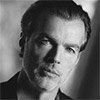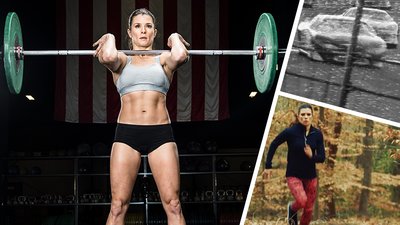A devotion to fitness has always underpinned Danica Patrick's racing success. I first interviewed her for a magazine back in the early 2000s, when she was helming a car owned by Bobby Rahal and David Letterman in a developmental open-wheel racing series—the minor leagues, basically. Even then, she knew her track success would go only as far as her body would take her.
"They've done tests on drivers, and their heart rate can stay at 180 beats per minute for two hours, which is incredibly demanding," she said at the time. "Every time you turn the wheel side to side, you can feel everything from your neck and shoulders down to your lower back working."
Patrick's illustrious racing career will end on May 27 when she crosses the finish line at the Indianapolis 500. She will retire with an impressive racing resume, including both open-wheel (IndyCar) and stock cars (NASCAR). But beyond those credits, Patrick will remain best known as the most prominent female athlete in a sport otherwise monopolized by men. In 2005, she became the first woman to place top five at the Indy 500. In 2008, at the IndyCar Series Indy Japan 300, she burnished her pioneer status by becoming the first woman to win a major-league open-wheel race in a North American series.
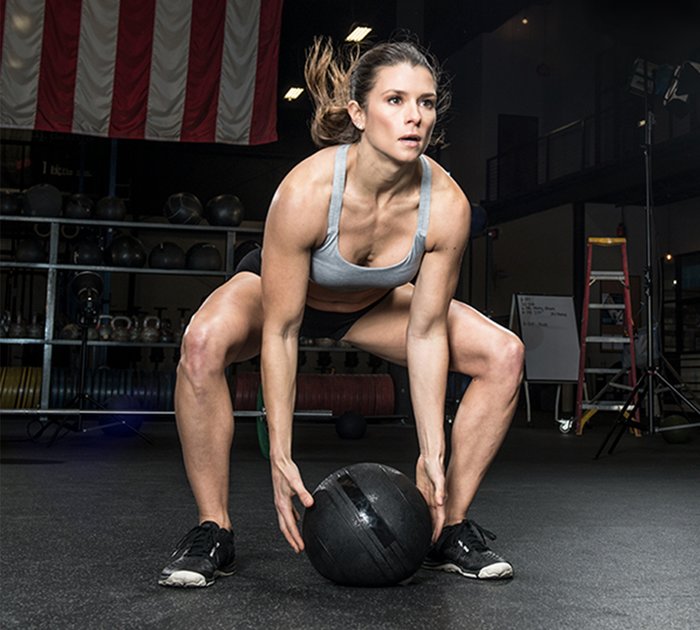
Patrick became a significant figure not only in NASCAR, but also in the larger culture. She was named in TIME's list of the 100 most influential people and has also appeared in more Super Bowl commercials (14) than anyone, including 13 GoDaddy Super Bowl commercials. Today her sponsorships include Six Star Pro Nutrition.
Having chatted with Patrick at the dawn of her racing career, I had the pleasure of chatting with her again as she prepared to take her foot off the accelerator.
What prompted you to retire from racing this year? Was it the physical demands or other factors?
Danica Patrick: It wasn't anything physical. Last year was an odd year for me. I had a sponsor leave, a scenario I had never experienced before. As the season ended, I wasn't really feeling as much hope as I wanted to from racing. That was a frustrating position to be in. I was feeling kind of ready to move on, but not in the way of being done at Homestead [Ed. note: Homestead-Miami Speedway is a motor racing track located in Homestead, Florida. Her 2017 season ended there, in the Ford 400, with an early wreck].
I was like, there's a better way to do this—to honor my career as well as the fans. That's how I decided to run the two races in 2018. I can't think of a better place to end than where it all began: at Indianapolis. (See video.)
You have had a lengthy career in the sport. How much of that longevity do you attribute to building muscle, staying fit, and working out?
Danica Patrick: I don't know that I'd attribute the longevity of my career to working out, but I definitely think that my workouts have helped me in the racecar.
I can imagine auto racing is as taxing mentally as physically. How do you train for that?
Danica Patrick: It's definitely as taxing or more mentally than it is physically. That's where working out has helped me the most. It helps me focus.
Will your workout style change after racing?
Danica Patrick: I have to have a strong upper body for my job. Driving a car at Indy—when there's no power steering—is where you need a lot of grip strength to hold the wheel. I'm actually curious to see what my workouts will be like after racing is over for me.
What style of fitness training has worked best for you over time?
Danica Patrick: I've done a little bit of everything over the years, but the fitness workouts I've outlined in my book "Pretty Intense" have been the most effective for me. I found that doing shorter, more intense workouts, a mixture of cardio and strength training, worked the best.
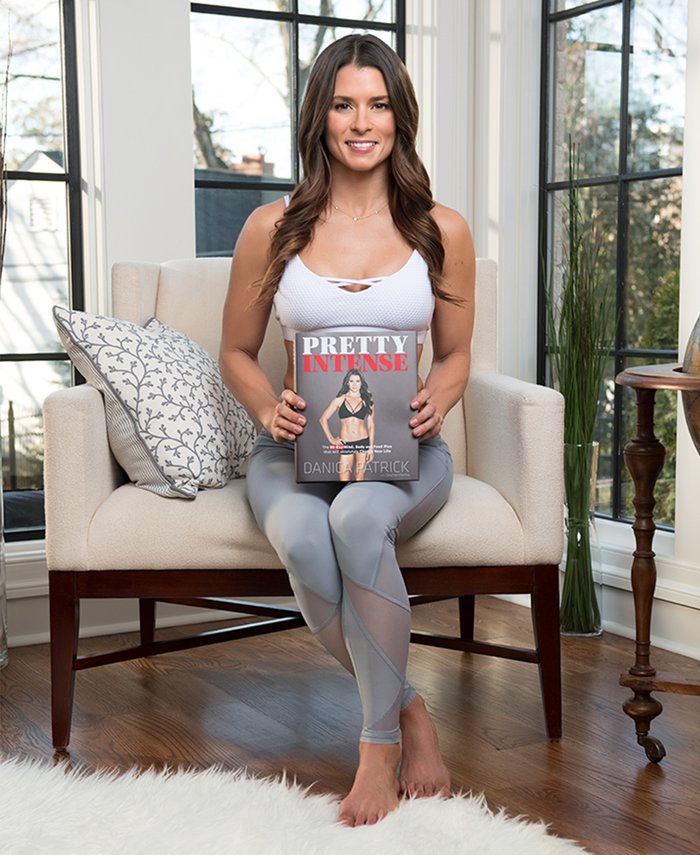
Speaking of your book, can give us a synopsis?
Danica Patrick: I worked out for 20 years before I finally found a program that was truly effective for me. That became the basis for the book. I break things down into three sections with photos. First is the mind. The book explores the ways that you not only learn about yourself, but also take care of yourself and grow more confident.
The second part is the physical. I talk about why the 12-week workout routine is set up like it is. I also discuss the effects the program will have on your body and how that's different from many traditional forms of exercise, such as bodybuilder-style in the gym.
The third part is the food! Like in the physical section, I discuss why the eating plan is set up as it is and why the meal program looks like it does. Then, there are 50 recipes that I developed and took photos of myself.
I saw a video where you said you're no fan of New Year's resolutions, which are sort of a bodybuilder staple. Why not?
Danica Patrick: I'm not someone who has to verbalize the weight loss, but I get it. Some people need goals. If that works for you, then definitely go set a goal. Personally, I don't make New Year's resolutions because it's almost like dismissing a goal. It sets an arbitrary start date. For me, if it's not meaningful enough to start right now, it's just not going to be enough.
How many days a week do you go lift?
Danica Patrick: It depends on the week, but I usually do strength work 3-4 days. I do some bodybuilder-style work with weights, like biceps curls, but I also do a lot of bodyweight exercises, such as burpees. (See video.)
What about cardiovascular training? How much do you do and what kind?
Danica Patrick: Again, it depends on what's going on. I'd say probably 3-4 days a week and 20-25 minutes per session. I like to mix it up. I've found shorter spurts of activity like 20-25 minutes seems to work better.
What's your approach to diet?
Danica Patrick: I tend to focus on food that's high-density nutrition, sourced locally, and sourced organically. My approach isn't about starving yourself or being hungry all the time. The food I eat is not low-calorie, but it's free of junk. Our bodies are good at processing things that are real, versus things packaged in a box.
With retirement looming, what's next for Danica Patrick?
Danica Patrick: I think many people retire and don't know what they're going to do next and have to figure it out, but I know what I'm going to do. I don't doubt that retirement will change and shift my life in ways I would never expect, so I've got to be ready for that.
But at this point, it's about spending more time with Somnium, my wine brand—go to more events there, promote, make sure that I'm on top of the quality control.
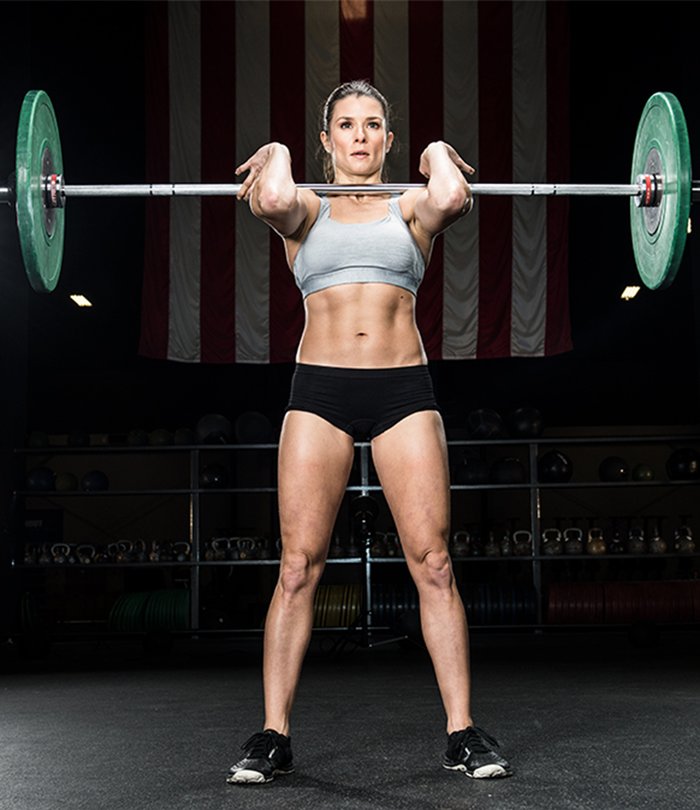
I'll do the same for my clothing line, Warrior. Expanding and growing that, and being more hands-on with everything from fit and fabrics, to the branding and the shoots, and just generally the aesthetic feel of the brand.
I'd like to expand in the book world, as well. I don't even know what that might lead to, exactly. Maybe it leads to public speaking engagements and shows and educating people in other ways. That could take any shape. I'd also like to have a cooking show, to help people learn how to cook healthfully.
So, those are my retirement plans. Oh, and on the personal side, I'd like to go travel, catch a few concerts, and see some places in the world that I've never seen.
